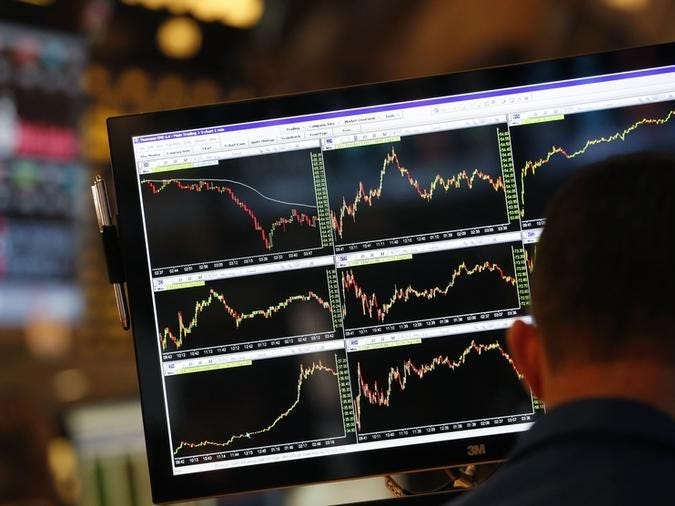Empirical data demonstrates that equity, when added judiciously to a debt-heavy portfolio, can actually reduce overall portfolio volatility while improving returns. This article explores that relationship and goes a step further, demonstrating how adding a third asset class like gold can further optimize the risk-reward profile of a portfolio.
Adding equity is not equal to adding volatility
Let’s begin with a basic portfolio comparison. A 100% bond portfolio, over the studied period, delivered an average annual return of 7.1% with a volatility of 6.8%. However, introducing just 10% equity into the mix (i.e., 90% debt and 10% equity) improves the return to 8.2% and, quite remarkably, reduces the volatility to 6.0%.
This isn’t an anomaly. A 75% bond and 25% equity portfolio delivered a return of 9.3%, still maintaining a volatility of just 6.9%—almost at par with a 100% bond portfolio.
 ETMarkets.com
ETMarkets.comThis behavior is primarily due to the low correlation between debt and equity. When asset classes do not move in perfect sync, they tend to offset each other’s volatility, creating a smoother return path. This phenomenon is referred to as diversification benefit, and it forms the foundation of modern portfolio theory.
Introducing Gold: A third asset with distinct value
The picture becomes even more compelling when a third asset class—gold—is added to the equity-debt mix. Gold is known for its negative correlation with equity and low correlation with bonds, especially during economic stress or inflationary periods. When 20% gold is introduced into a two-asset portfolio of 75% debt and 25% equity, the new three-asset portfolio (55% debt, 25% equity, 20% gold) maintains a volatility level similar to that of the 100% bond portfolio (6.8%) while achieving an average return of 11.1%.
 ETMarkets.com
ETMarkets.comWhat this means is profound: investors can add a return-generating asset like gold without increasing portfolio volatility. In fact, the return-volatility curve shifts leftward, showing improved returns for the same or even lower levels of risk. The presence of gold acts as a hedge during equity drawdowns and also performs well during economic uncertainties, such as currency depreciation or geopolitical stress.
The importance of diversification across market cycles
 ETMarkets.com
ETMarkets.comAn analysis of calendar-year returns between 2013 and 2024 shows that asset class leadership changes frequently. In some years, domestic equity (S&P BSE Sensex) tops the chart, while in others, gold or foreign equities outperform. For instance, gold surged in 2020 with a 28.1% return when equities were under pressure. In contrast, domestic equities delivered a 25.5% return in 2023 when gold was relatively moderate.
This year-to-year rotation of performance underscores a key investment truth: it is nearly impossible to predict the top-performing asset class consistently. Relying on a single asset class exposes investors to concentration risk. Diversification across equity, debt, gold, and foreign assets ensures that while some assets may underperform, others may outperform, thereby cushioning the overall impact.
The correlation advantage: How unrelated assets work in tandem
 ETMarkets.com
ETMarkets.comA key reason why diversification works lies in the correlation matrix between asset classes. Over the observed period:
- Indian equity and gold had a negative correlation of -0.48
- Debt had a mildly positive correlation with gold (0.05) and foreign equity (0.13)
- Indian equity and US equity showed a moderate positive correlation of 0.42
Constructing a sample multi-asset portfolio
Based on the above observations, let’s construct a diversified portfolio that balances growth, stability, and protection:
- 25% Indian Equity (S&P BSE Sensex TRI)
- 45% Debt (CRISIL Short-Term Bond Index)
- 25% Gold (MCX Gold)
- 5% US Equity (S&P 500 TRI)
This portfolio is rebalanced annually. Over the period from FY2019 to FY2025, it delivered a compound annual growth rate (CAGR) of 10.7% with significantly lower volatility compared to a 100% equity portfolio.
Interestingly, during years when Indian equity posted negative or flat returns, gold and debt often provided positive returns, acting as effective stabilizers. For example, in FY2023, Indian equity returned only 1.7%, but gold delivered 14.2%, and debt remained stable. The combined portfolio still managed a positive return of 3.5% that year.
Final thought!
The traditional notion that higher returns must come with higher volatility no longer holds water in a world where intelligent asset allocation is possible. Empirical data clearly shows that a well-balanced portfolio made of low and negatively correlated assets can offer higher returns with reduced risk. The key lies in thoughtful construction and periodic rebalancing—not speculation or market timing.
(The author Chakrivardhan Kuppala is Cofounder & Executive Director, Prime Wealth Finserv Pvt. Ltd.)
(Disclaimer: Recommendations, suggestions, views and opinions given by the experts are their own. These do not represent the views of the Economic Times)








